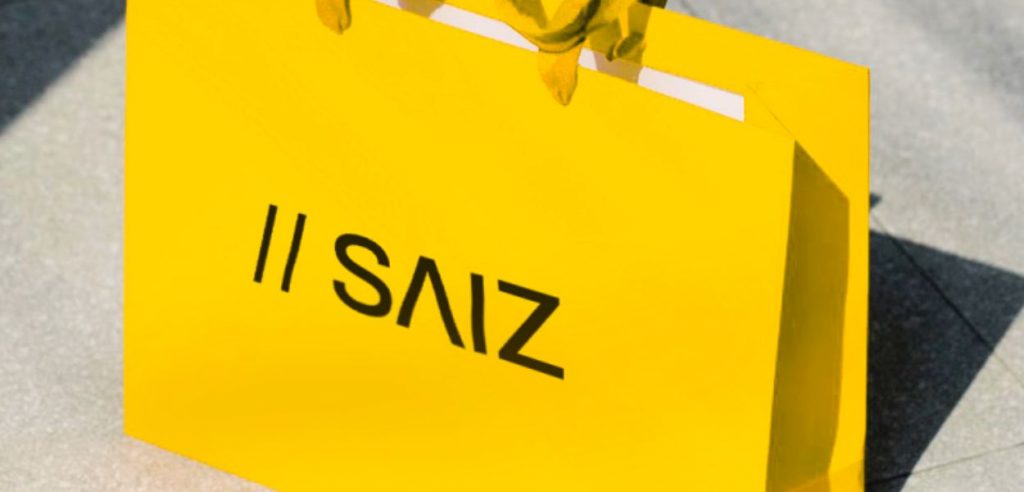In a world where fashion e-commerce sizing is growing to become a Trillion Dollar market by 2025, we can no longer treat sustainability as a nice-to-have in supply chain and production practices. Or even a “green-leaf” campaign that’s slapped on in attempted marketing efforts.
A big inefficiency becomes apparent in a world where almost a third of those online sales are being returned and shipped back and forth due to fit & sizing. Returns may be part of the after-sales process, but they should not be treated as an afterthought. So, let’s call it what it is: there is an e-commerce sizing problem.
The e-commerce sizing problem in numbers
So how big is the e-commerce sizing problem really?

Sizing eventually cuts into three bottom lines that we can remember as the 3 E’s:
- Economic
- Ecologic
- (user) Experience
The first and third ones quite significantly affect brands directly. The second one is only slowly starting to gain attention. On average, returns cost brands ~20% of an item’s sales price. In Germany, the market with the highest return rates, returns cost fashion e-commerce €1 billion in 2021.
More than 50 million packages were sent back and forth between consumers and warehouses, causing 40.950 t CO2 emissions. To offset that, we needed to plan over 41 million trees. In addition, the unsold items stemming from returns that end up in landfills or are being destroyed/burnt are not even quantified in this calculation yet.
The (so far) failed attempts to solve the e-commerce sizing problem
With 50% of returns in fashion e-commerce being attributed to sizing & fit issues, it would appear to be the obvious choice to tackle this issue first. And so have a handful of players in the market attempted to solve e-commerce’s sizing problem over the past couple of years.
There is one problem. So far, they have also only treated it as an e-commerce problem. Therefore offering only e-commerce solutions, that gamify the shopping process and increase conversions at best, but without significant success in reducing returns. The numbers speak for themselves.
This ultimately implies that there is a structural problem underneath the surface that we need to address first. In other words, the actual products.
E-commerce fashion’s structural problem: explained
As long as fashion garments are physical items, fashion e-commerce needs to maintain a tie from the digital to the analog world.
Therefore, the only way to sustainably solve the e-commerce sizing problem is by looking at the actual underlying fashion products throughout the entire product development cycle: from design, to grading, to pattern making to production and quality assurance. That is where the e-commerce sizing problem ultimately starts, and where we need to solve as well.
The next generation of sizing
SAIZ has made it their mission to reduce returns from sizing once and for all, tackling the whole 50% that are the number one reason for returns. How? Shopper biometrics, actual garment specifications & product processes are digitalized and computed.

Advanced AI and Computer Vision make it possible to create digital twins of both shoppers and garments and match them. They recommended shoppers the perfect size every time they shop at a SAIZ-powered store.
Brands are provided with advanced insights, all based on knowing what their customer base looks like. This enables them to optimize their products for their actual customers, – not just the ideal customer and a certain fit model that wears XS or S – starting in the design process, and only produce what is actually necessary. It means no more arbitrary size split orders for bulk production.
Solving the e-commerce sizing problem is only a first step toward endless opportunities.
If we reduce return rates by 10% in the market, we save an equivalent of 400.000 t of CO2 of purely logistics pollution. We can save brands 1Bil. EUR overall and hopefully also change the ways of producing: with more fitted, less wasted materials.
Join us in our quest, shop better and produce smarter.
Like this article? Then you must read this one: Social Media Big Data: an in-depth View on the Purchase Behavior
* Written by SAIZ’s team.
Editor’s Note: The opinions expressed here by Fashinnovation’s columnists are their own, not those of Fashinnovation.






